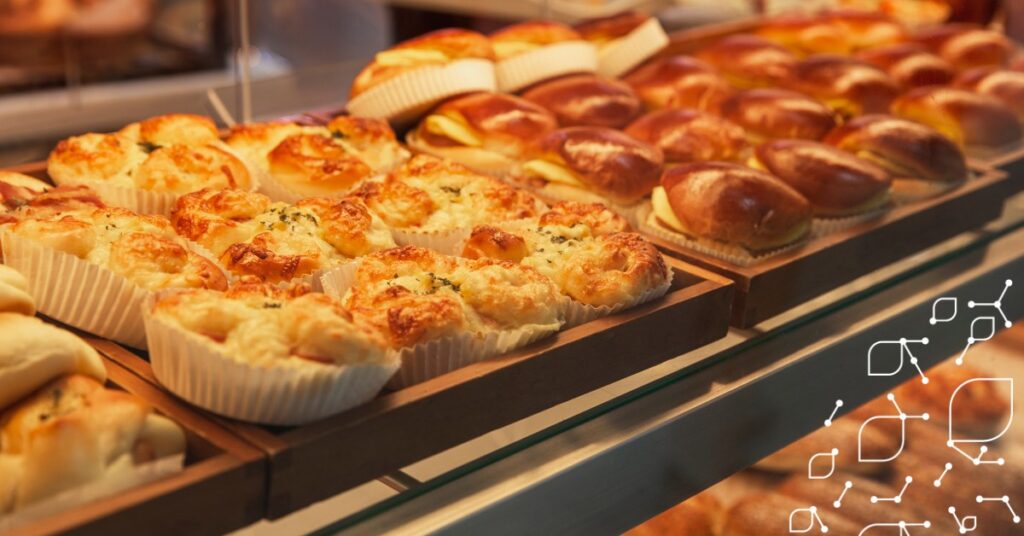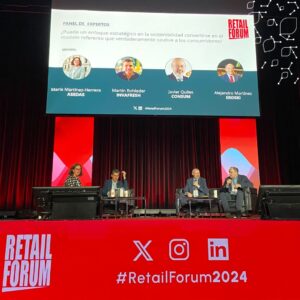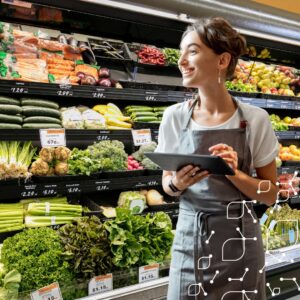
In an industry marked by persistent inflation, internal costs for grocery retailers with foodservice programs and central kitchens are under constant pressure. Recipe costing becomes a dynamic tool for adaptation. Consider a scenario where the price of a key ingredient spikes unexpectedly. The ability to update costing in real-time empowers retailers to make swift, informed decisions, crucial for adjusting production quantities and maintaining profitability in both foodservice and retail operations. In this blog we’ll explore the core components of recipe costing and how AI-enhanced software can help provide real-time insights for future planning.
The Core Components of Recipe Costing:
These core components are not just numbers on a ledger; they are the keys to informed decision-making, minimizing waste, and ultimately boosting profit margins. Recipe costing empowers grocery retailers to set competitive prices, adapt to economic realities, and integrate seamlessly with software tools for real-time insights. Its foundation comprises of four components:
Ingredient Costs
Calculating ingredient costs is the foundation of successful foodservice programs. This involves a meticulous examination of ingredient prices and portion sizes, crucial for maintaining profitability in the face of fluctuating food prices. For retailers with central kitchens, this precision ensures that every dish served is not just a gastronomic delight but also a financially sound venture.
Labor Costs
The investment into central kitchens and foodservice programs extends beyond ingredients to the time and skill of kitchen staff. By calculating wages and labor hours, grocery retailers gain a comprehensive understanding of the resources dedicated to central kitchen operations. This insight empowers retailers to optimize production processes for efficiency without compromising quality.
Overhead Expenses
Overhead expenses, encompassing utilities, rent, and equipment maintenance, become integral components of the holistic view of costs. Acknowledging the impact of these expenses on the overall operation ensures that recipe costing accounts for every facet of the grocery retail and foodservice experience.
Packaging Costs
Packaging costs are often overlooked. However, for grocery retailers aiming for a seamless culinary experience, including packaging costs in recipe calculations is essential. This consideration ensures that the pricing strategy reflects the entire journey, from kitchen creation to the customer’s plate, enhancing the dining experience while maintaining financial integrity.

The Power of Integrated Software Solutions
For grocery retailers with central kitchens and foodservice programs, the synergy between software tools becomes paramount. Recipe costing not only offers a snapshot of current costs but also provides real-time insights crucial for future planning. The synergy between interconnected software tools for recipe organization, ordering solutions, and production planning is a strategic game-changer. Efficient recipe organization enhances collaboration among kitchen staff, ensuring consistency across store chains. Linked ordering tools, integrated with recipe costing, streamline real-time replenishment and sourcing, contributing to operational excellence.
This synergy extends to production planning, where specialized software harmonizes creativity and efficiency. By aligning production plans with real-time insights from ordering solutions, kitchens optimize workflows and minimize waste, enhancing both efficiency and overall profitability. The true power of these integrated tools lies in their ability to provide real-time insights for proactive decision-making, allowing retailers to stay agile and responsive in the face of market fluctuations.
Moreover, these tools contribute significantly to ensuring compliance with regulatory standards and consistency in food quality. From allergen management to nutritional information tracking, these solutions safeguard both customer well-being and the retailer’s reputation.
The Blueprint for Future Success
By delving into and implementing recipe costing, grocery retailers can navigate the complexities of the market, make data-driven decisions, and achieve the delicate balance between serving desired meals and ensuring a robust bottom line. As the grocery retail landscape continues to evolve, the mastery of recipe costing and the synergy with software tools become not just a choice but a necessity for sustained success in this ever-changing industry.

![[Read next: "Recipe Costing for Grocery Retailers: Boosting Foodservice Profits"]](https://no-cache.hubspot.com/cta/default/21714346/interactive-150857538659.png)





